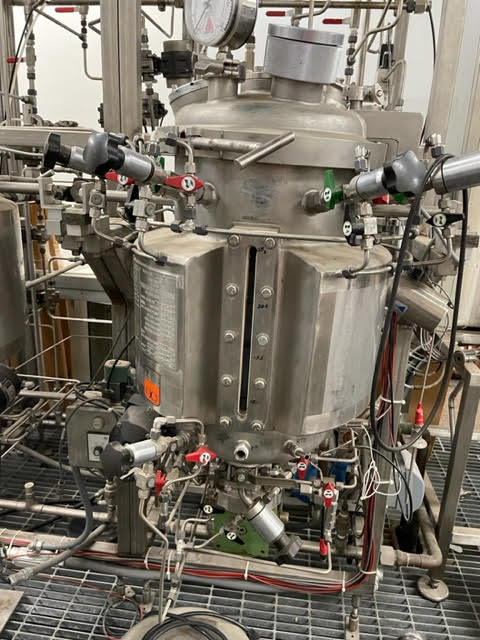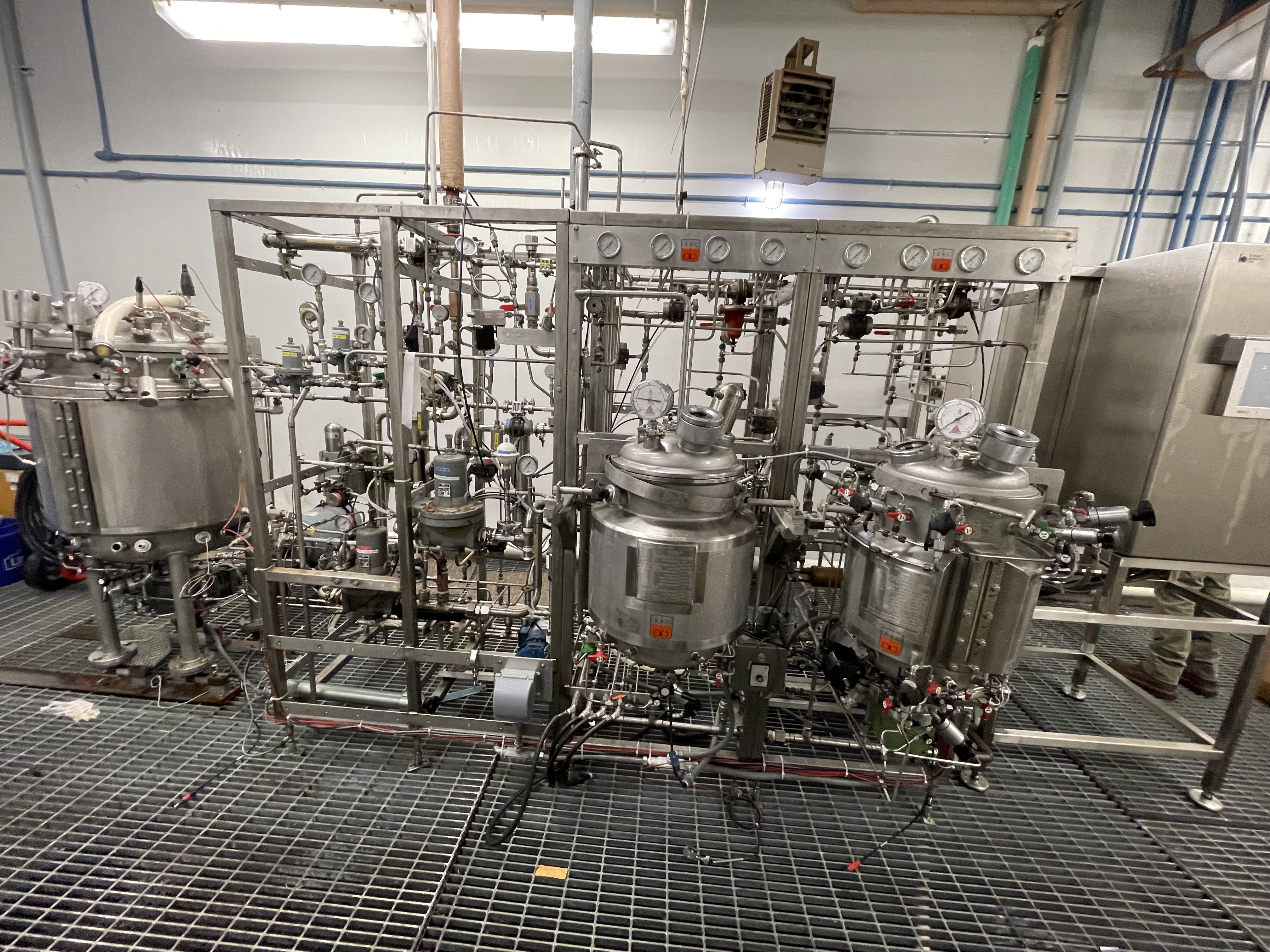There may be years worth of dust accumulated on the fermentation reactor, which has been hidden away in what some nowadays call the Iacocca dungeon, but the history unearthed has quite the story to tell.
Before being left to go fallow in 2000, the unit was designed and built under one of the first Department of Energy (DOE) Research Equipment Grants. The grant was awarded to Janice A. Phillips, Ph.D., then Assistant Professor, Department of Chemical Engineering, and Bland S. Montenecourt, Ph.D., then Associate Professor, Department of Biology, in 1984. The Research Equipment Grant Program was intended to provide researchers involved in DOE research programs at universities with equipment that would facilitate the research and development mission of the agency. Both Professors Phillips and Montenecourt - along with Arthur E. Humphrey, Ph.D., then Provost and Professor of Chemical Engineering - had collaborated over several years on programs aimed at developing the microbiology and process technology required to convert various sources of biomass into renewable fuels and chemical feedstocks. The system was intended to provide a critical resource that was not, at the time, available to investigators involved in this field, i.e., a microbial fermentation unit in which they could demonstrate their technologies at pilot scale.
 The unit was designed by ABEC, Inc., an equipment and technology vendor to the international biopharmaceutical/pharmaceutical community, with corporate headquarters in Bethlehem, PA. ABEC, then known as Fermentation Design, designed and built the first “computer-coupled” fermentor under an NIH grant awarded to Humphrey while he was Professor of Chemical & Biochemical Engineering at the University of Pennsylvania. The system designed and built under the DOE grant consisted of a 30 L and 250 L fermentor integrated on an instrumentation skid with a 30 L feed tank. The system was designed to operate in batch, fed batch or continuous culture mode by interchanging the operation of the tanks either as fermentors or feed tanks. The design also allowed for the use of the fermentors for both aerobic and anaerobic microbial cultures. Operation and control of these vessels for the sterilization and fermentation cycles were originally performed through programmed logical controllers (PLCs) that could monitor and control gas flow rates, acid & base additions, and dissolved gas levels. This control was later updated to a distributed digital control system through a project with Leeds & Northrup, at the time a division of General Signal, and headquartered in Philadelphia, PA.
The unit was designed by ABEC, Inc., an equipment and technology vendor to the international biopharmaceutical/pharmaceutical community, with corporate headquarters in Bethlehem, PA. ABEC, then known as Fermentation Design, designed and built the first “computer-coupled” fermentor under an NIH grant awarded to Humphrey while he was Professor of Chemical & Biochemical Engineering at the University of Pennsylvania. The system designed and built under the DOE grant consisted of a 30 L and 250 L fermentor integrated on an instrumentation skid with a 30 L feed tank. The system was designed to operate in batch, fed batch or continuous culture mode by interchanging the operation of the tanks either as fermentors or feed tanks. The design also allowed for the use of the fermentors for both aerobic and anaerobic microbial cultures. Operation and control of these vessels for the sterilization and fermentation cycles were originally performed through programmed logical controllers (PLCs) that could monitor and control gas flow rates, acid & base additions, and dissolved gas levels. This control was later updated to a distributed digital control system through a project with Leeds & Northrup, at the time a division of General Signal, and headquartered in Philadelphia, PA.The system was used to support both Ph.D. (Michael T. Reilly, ‘87 ) and M.S. (Samson H. Lee, ’97) theses. In addition, it was key in supporting a variety of development projects for both start-up and established organizations evaluating biotechnologies that ranged from bioinsecticides to microbial enzymes, some under the support the Ben Franklin Technology Partners of Northeastern and Southeastern PA as part of university-industry programs conducted under the BioProcessing Institute.
This grant from DOE and the resulting advanced experimental facilities put Lehigh at the forefront of research aimed at developing a variety of technologies for facilitating the scale-up, monitoring and control of processes for production of biological products at commercial scale.
Department/Program:


